Anycubic Wash & Cure Max Review
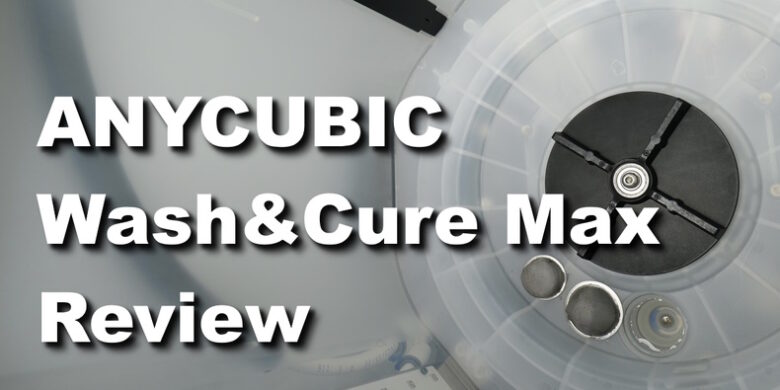
Anycubic just launched the Wash & Cure Max, and in this review, we will look into what this new cleaning and curing station can deliver to people who do a lot of resin 3D printing.
As you might know, when you print with resin, you need to wash the finished print with solvents like alcohol to remove any resin residue, and then cure it. The Anycubic Wash & Cure stations are very popular for smaller models, but the Max version wants to help people who print large models while also saving some alcohol and providing a better experience.
Did Anycubic manage to deliver that? Let’s check the Wash & Cure Max in more detail to find out.
Anycubic Wash & Cure Max Shipping and Packaging
The Anycubic Wash & Cure Max comes in a large cardboard box and I was surprised by its size when I got the package. I didn’t expect it to be almost as big as a regular clothes washing machine.
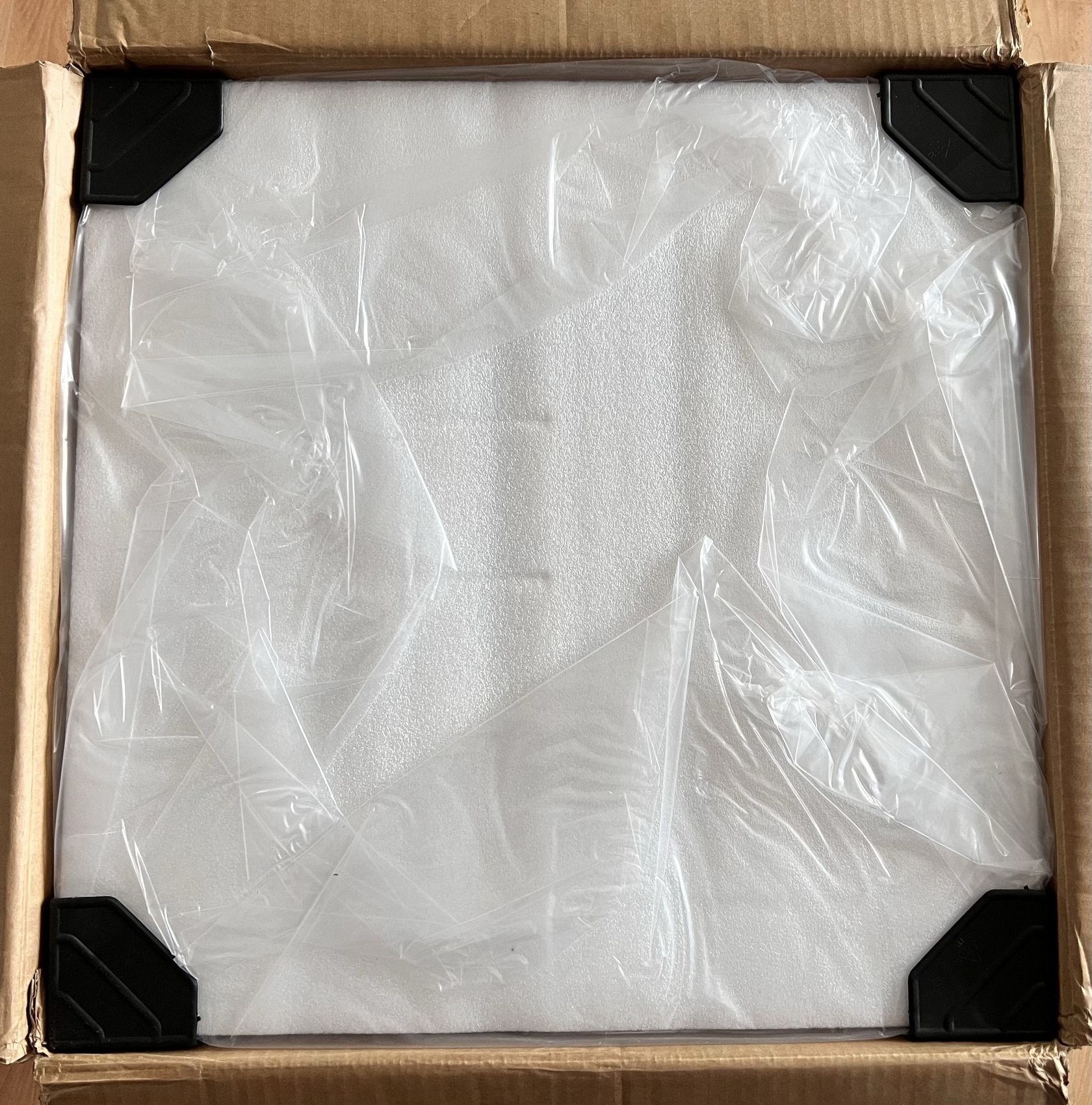
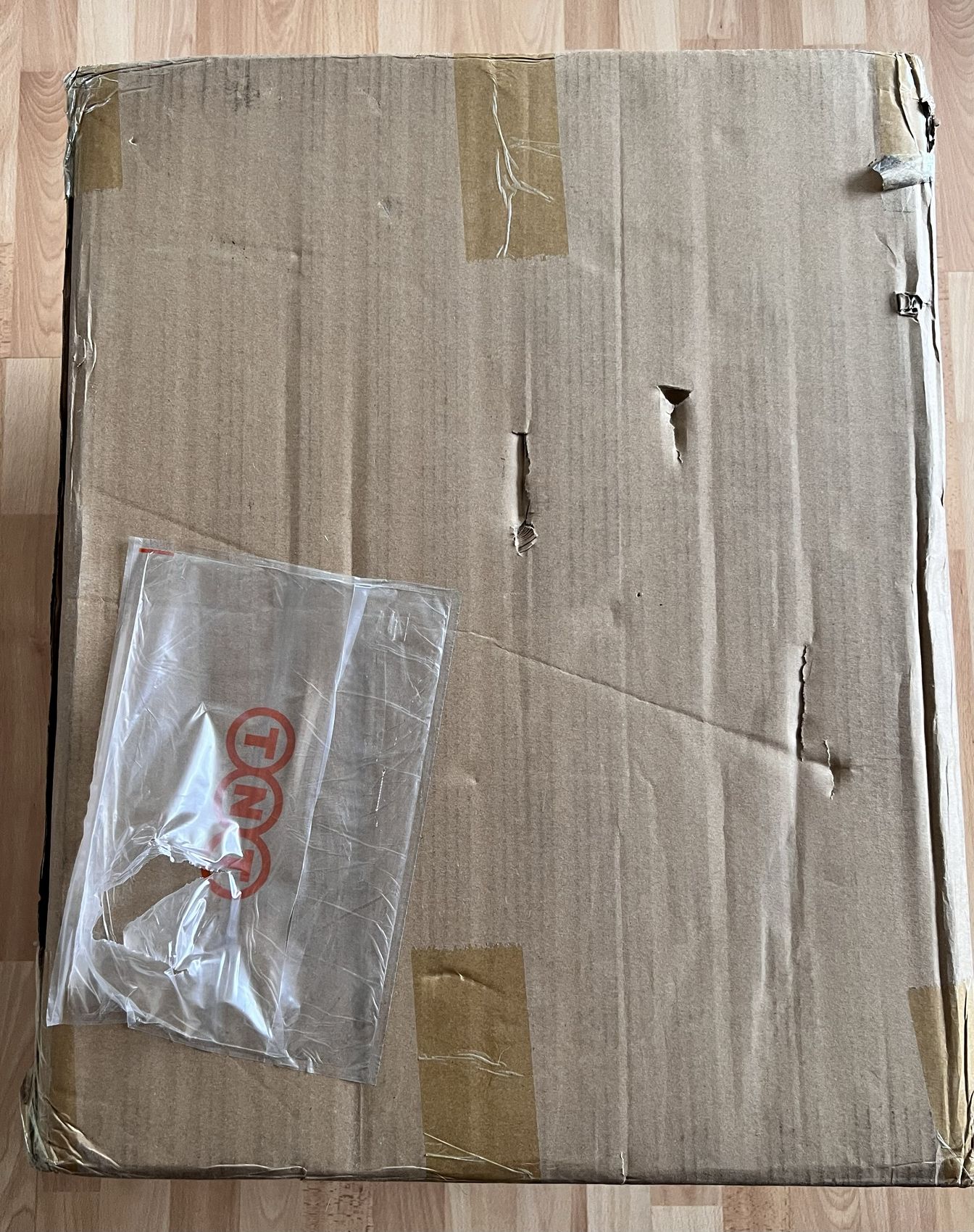
The unit is well protected with foam on the sides, and the accessories are packaged inside it.

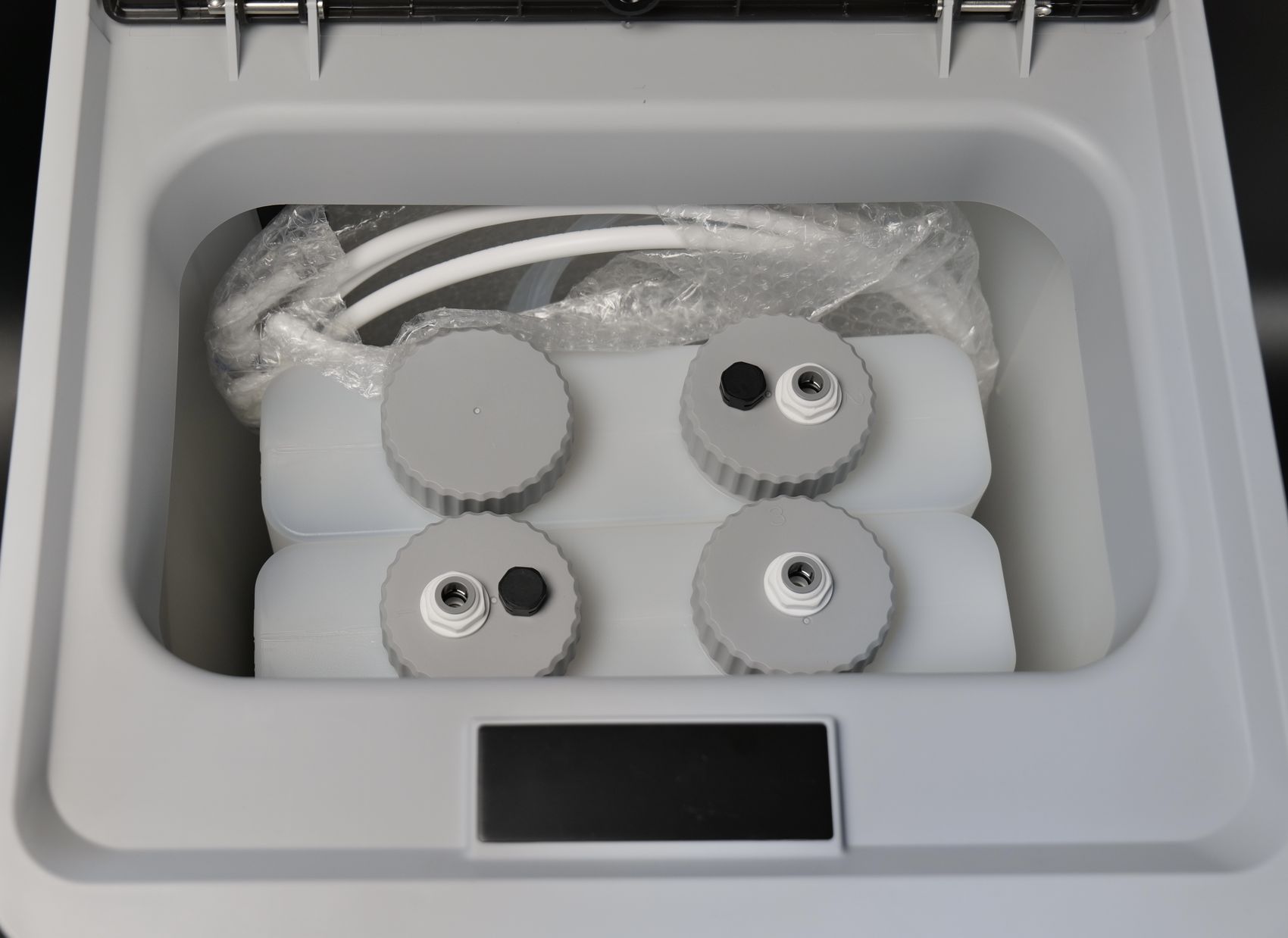
Anycubic Wash & Cure Max Design
I believe the comparison with a clothes washing machine is quite good, as at first glance, the Anycubic Wash & Cure Max looks like one. It is made from white plastic, with a black control interface where a few capacitive buttons are located to interact with the machine.
On the sides, the unit is plain white, but in the back, you have the power button, and the connections for the tubes that get attached to the containers used to keep the washing fluids.

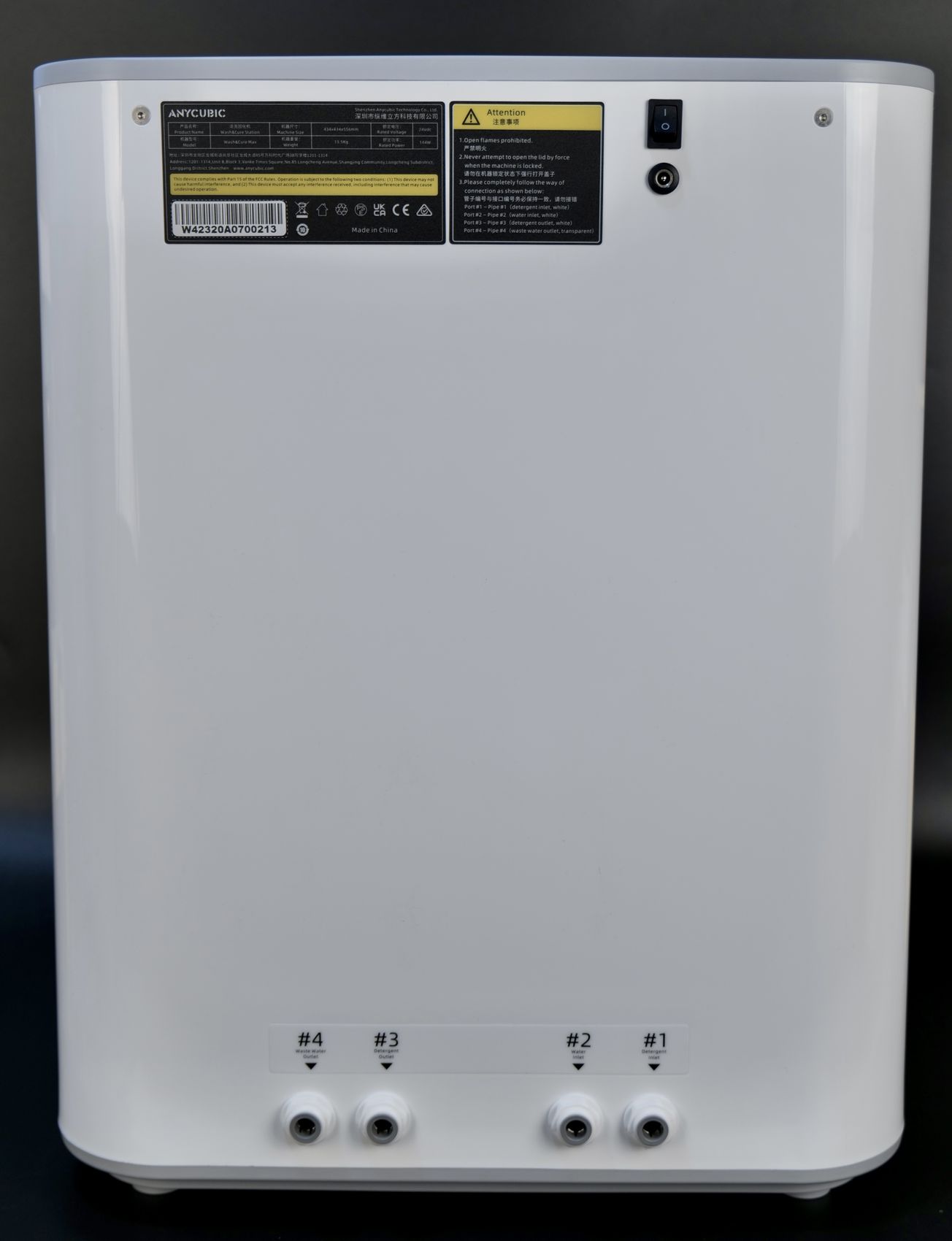
Anycubic Wash & Cure Max Specs
Large 14.9 liter washing volume
The Anycubic Wash & Cure Max comes with a large volume of close to 15 liters in total. But while the volume seems quite high, the actual washing size of a model is what you can fit in the included washing tray.


This washing tray is made from plastic, and it’s 165x300mm in size. The height of the model can be up to 300mm and 2.2 Kg. This tray sits on the plastic rotary unit at the bottom of the Wash & Cure station, and it also has four additional ball bearings to help it support the weight of the model you want to wash and cure.
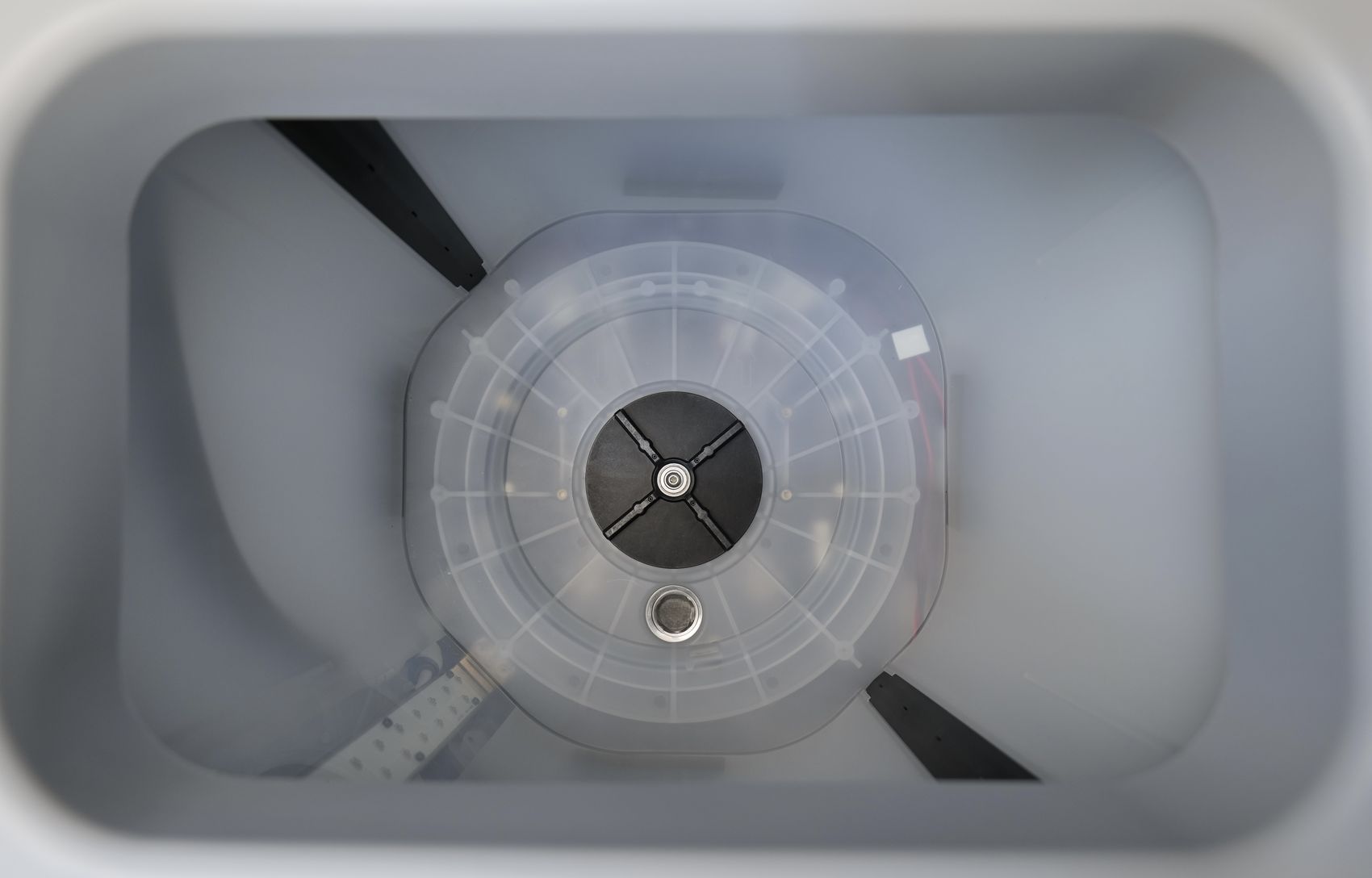
You can also see that on the bottom of the unit, there is a pair of metallic wire mesh filters. These filters are used to make sure that small pieces of cured resin don’t reach the pumps. But I am sad to say that there is no system for filtering the IPA of the uncured resin which is pulled back inside the containers.
All-in-one design
Inside the package, you get four hoses with quick-connect fittings that get attached to the detergent containers. Three of these hoses are used to pull the washing liquids from the unit, and also recover the IPA used for the initial stage of cleaning back in the main container.

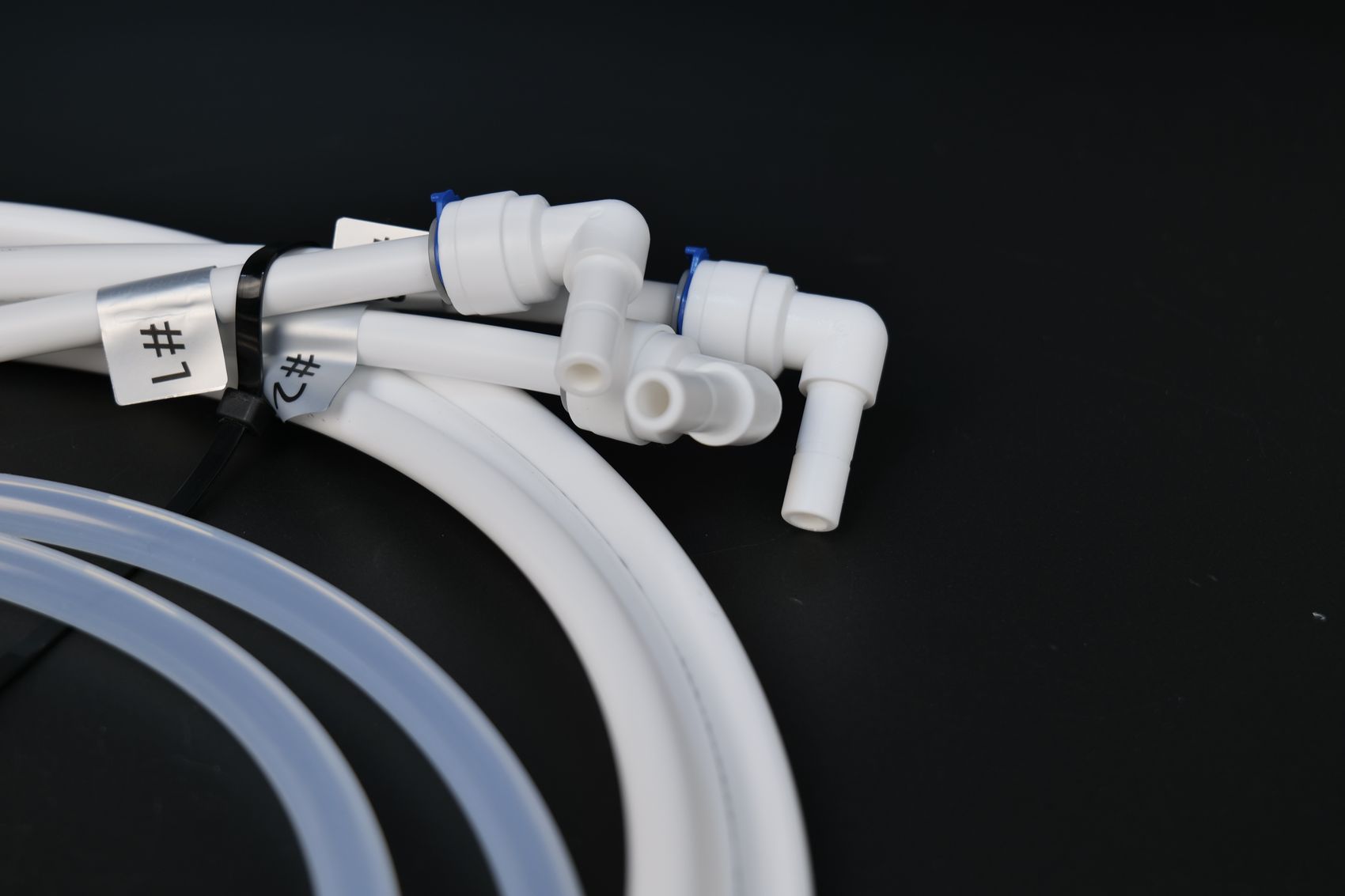
The translucent hose is used to expel the water used in the second stage of cleaning.
Talking about the containers, the unit comes with two rectangular attachments that can hold up to 5 liters of fluid. One of them is used for holding the main washing fluid (which can be IPA or other washing detergent) while the second one is supposed to hold water that is used to do a final wash before curing.
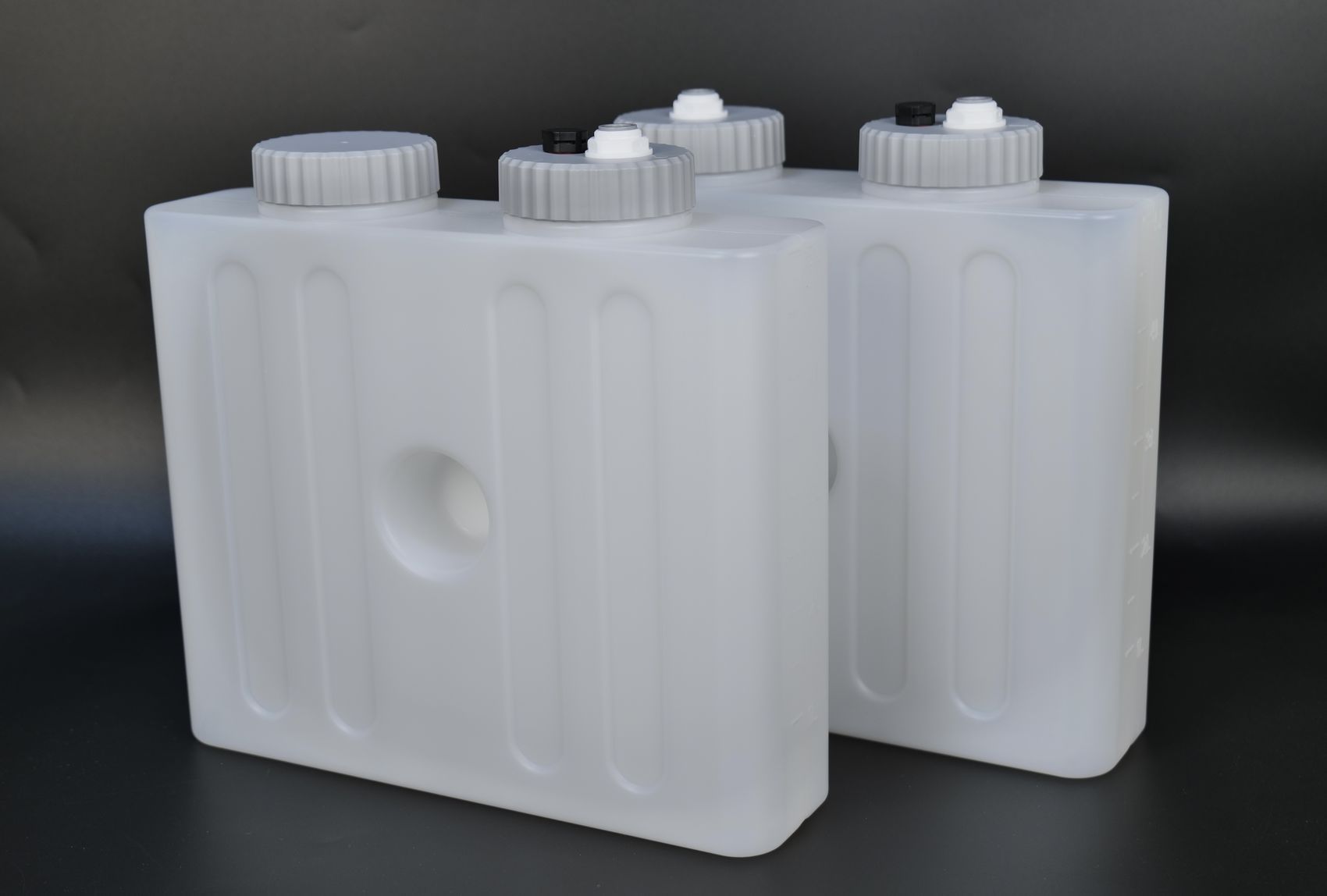
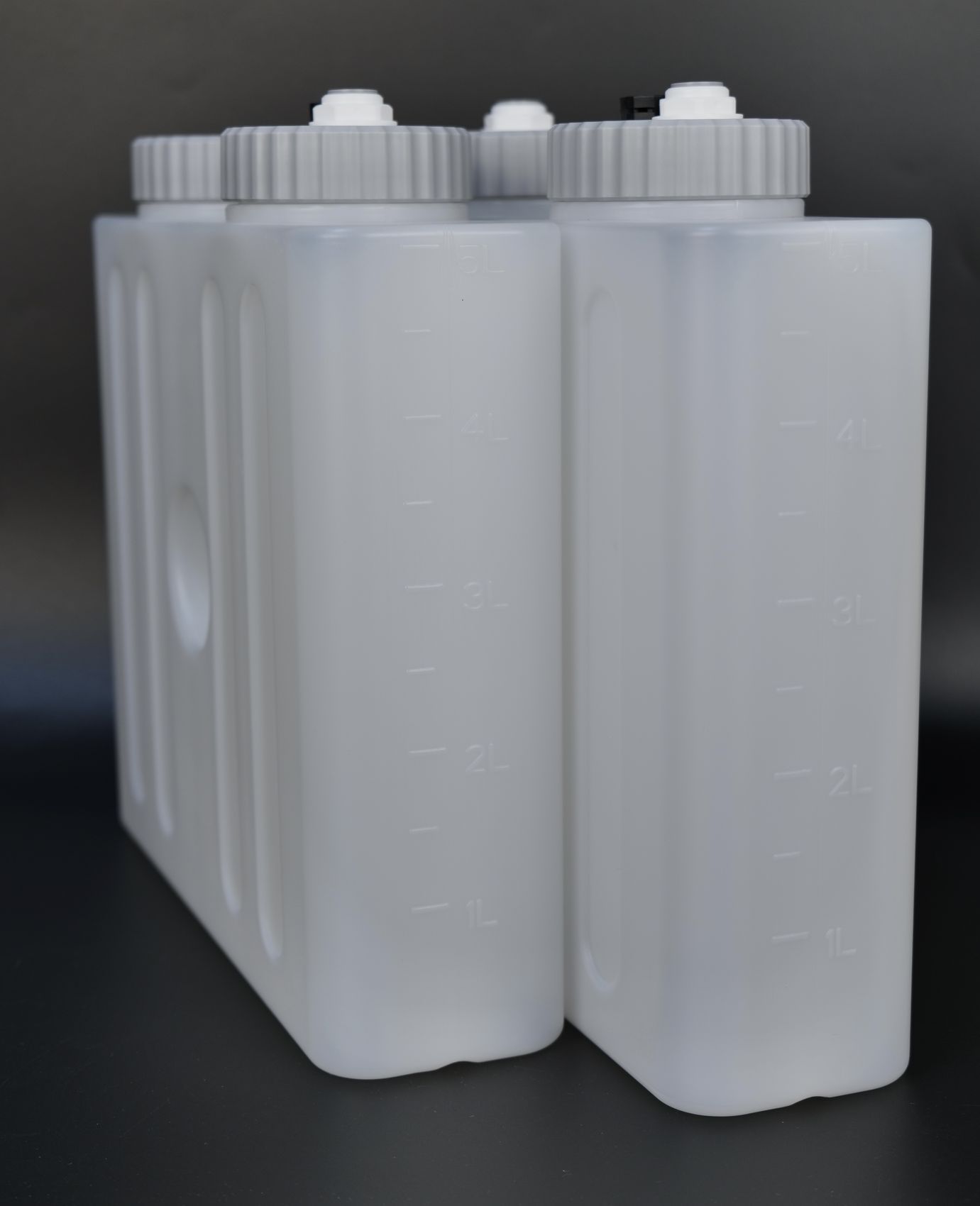

These containers have caps on the top, to connect the hoses from the machine, and can easily be filled or emptied according to your needs. Each container also has a section that reaches to the bottom of it, to make sure the liquids can be pumped inside the unit when needed.
Unfortunately, I was a bit disappointed to see that you are not able to use the translucent hose to recover the liquid and turn the unit in a 2-stage washing station, where the first wash would be done with the first container, then the second wash would be done to ensure the model is perfectly clean and also to recover the IPA (or other detergent used).
Of course, you can do that if you wish if you mod the unit, but it is not the intended design of the unit.
Instead, Anycubic expects you to collect the liquid from the second stage wash in the collapsible bucket included with the unit, and then properly dispose of the contents according to the local regulations.
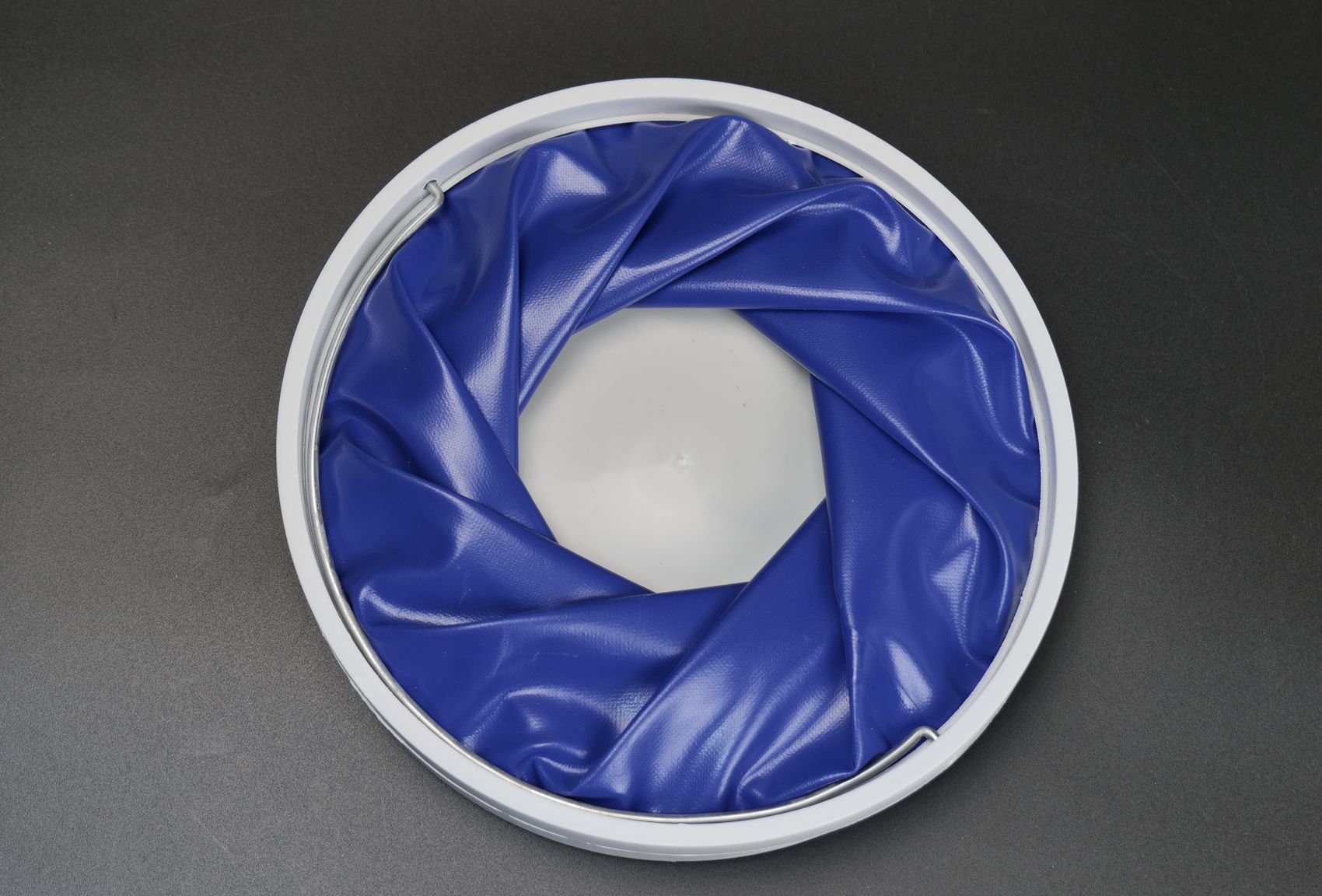
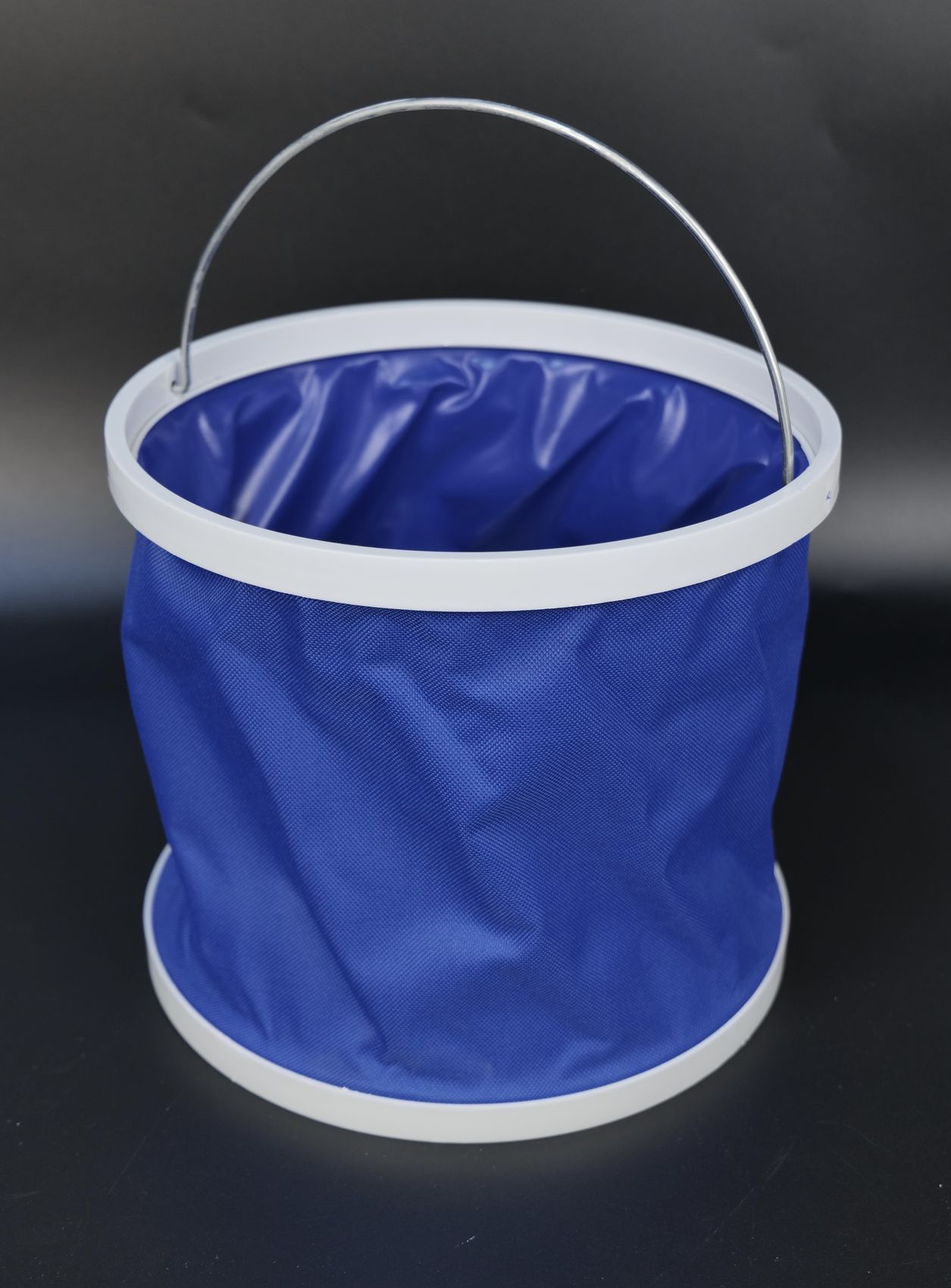
360 degrees washing and curing
Anycubic made the new Wash and Cure Max as a self-contained unit which means that it has the washing and curing inside, and you don’t need to remove any washing container first, and then move the models on the curing platform.
I believe this can be a good thing, but also a bad thing.
It’s good because the entire process should be less messy compared to the previous way of washing and curing for resin prints, but it’s not great as the unit will still get dirty over time. Besides that, I expect the unit to get dirty after about 20-30 washing cycles as there will always be some resin left inside the unit that will probably get cured in the last phase of the process and start to build up.
Nozzle sprayers for better cleaning and washing fluid savings
To ensure good washing, the Anycubic Wash and Cure Max uses two sets of sprayers that pulverize washing fluid over the model. This can be great to make sure that you are not using a large amount of IPA for example, while still cleaning the model as expected.
But my concern is that after the first stage of washing is done, the used-up IPA is recovered from the unit and pulled back into the first container where it mixes with the clean fluid. This means that after a few washing cycles, the IPA in the first stage cleaning container will be partially dirty with washed resin, and will go through the sprayers I mentioned before.
When we reach the curing process, that small amount of resin inside the liquid will get cured on the sprayers which can get them clogged over time.
At the moment, I did not experience this but I guess we’ll see if that happens over time or not. I will update this article if I get to have this problem.
Another issue I see is with washing the inside of the models. Most of the items I print are hollowed meaning that they require cleaning on the inside. The setup of the nozzle sprayers doesn’t allow easy washing on the inside of the mode, and considering that the washing fluid is not reaching the top of the machine, there will be unwashed sections.
Easy operation
To make the process of washing and cleaning the printed resin parts, the unit can be easily started with a single press of a button. The Auto button turns the unit on and in about 15 minutes, the unit completes the washing and curing cycle.
During that time, the top cover of the unit is locked so you are not able to open it while the unit is working, which is a good idea, especially considering the toxic fumes of the IPA and the risk of a fire that comes with spraying IPA.
Unfortunately, even if the unit is relatively easy to operate, you still need to spend quite a bit of time washing the washing station of any resin residue, after every use. Which is not super fun, and if you are not a heavy user who is using this unit every day, it can become an annoying chore in my opinion.
Anycubic Wash & Cure Max Operation Video
The Anycubic Wash & Cure Max complete washing and curing cycle takes around 15 minutes and I filmed the entire process to help you understand how it works and if you are curious to see what happens inside.
A strange thing I noticed is the extra wash after the item has been cured. I am not sure why this is done, as the resin would be already cured so another spray of water would not help in any meaningful way.
Conclusions: Is the Anycubic Wash & Cure Max worth it?
At launch, the price of the Anycubic Wash & Cure Max is 299$ which is not a very big price tag compared to the cost of a smaller unit. But this is only a temporary promotion meaning that when the regular price of 399$ is available, it doesn’t make the unit so attractive.
Mostly because I don’t have high expectations for its reliability in the long run due to the nozzle of the sprayers potentially being blocked by cured resin. But that’s not confirmed yet, and it’s just an assumption.
On the other hand, if you need a wash and cure station, with a large capacity and a contained system, you don’t have a lot of options on the market, and the Anycubic Wash & Cure Max can be a decent alternative if you also have the space for it.
I also like the potential to mod this unit and turn it into a two-stage washing station, but I have yet to test my theory and see if it can be used as planned. I really expected Anycubic to do this right from the start, and not have it work as it does now, because in its current condition, I can’t say it will save a lot of time.
It just makes the cleaning process a bit less messy, while also washing and curing larger models.
This unit could have been awesome if a system of filtering the resin had been available, but in its current state, it doesn’t do it so the main problem that everyone has is not solved by this machine.
Anycubic Wash & Cure Max Rating
Design
Specs
Washing Power
Ease of use
Price
While the Anycubic Wash & Cure Max is a nice addition for some resin 3D printing enthusiasts, it falls short to deliver the washing power and the ease of use promised due to the lack of a resin filtering system.
Where to buy the Anycubic Wash & Cure Max?
The Anycubic Wash & Cure Max was provided free of charge by Anycubic for the purpose of this review. While the article includes affiliate links, all opinions are my own. Nobody reviewed the article before it was posted, following the Review Guidelines.
Liked it?
|
|

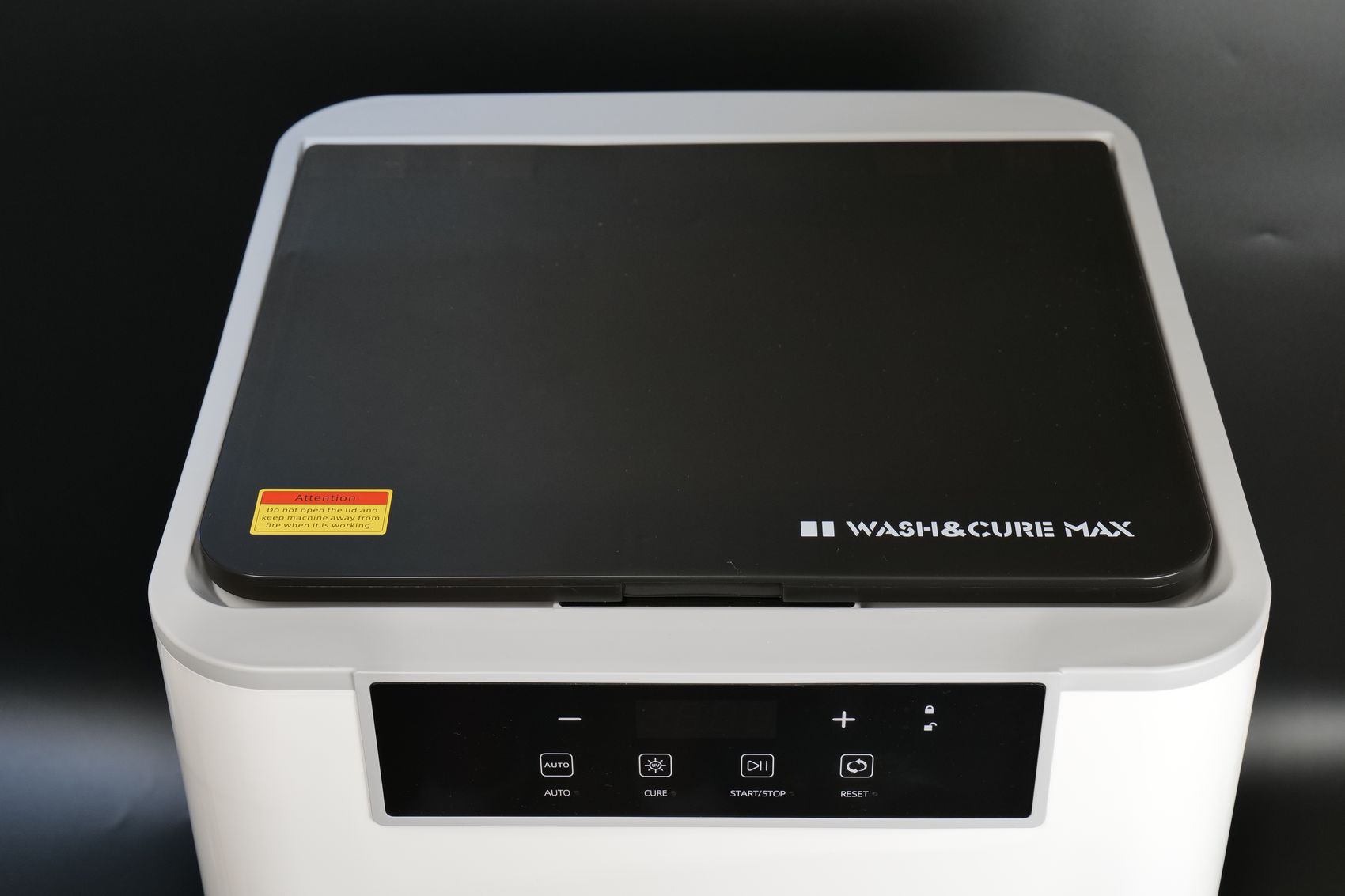
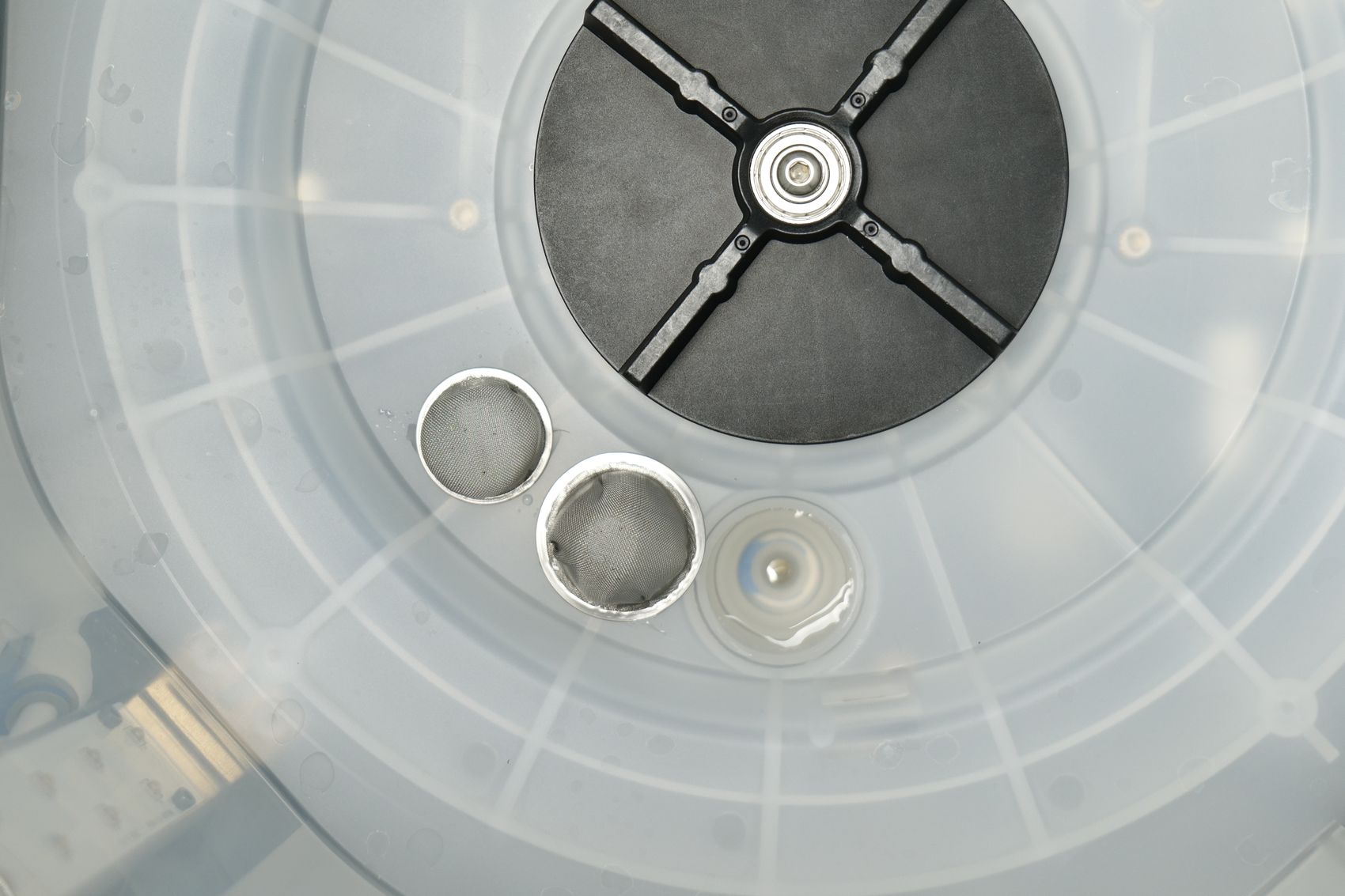

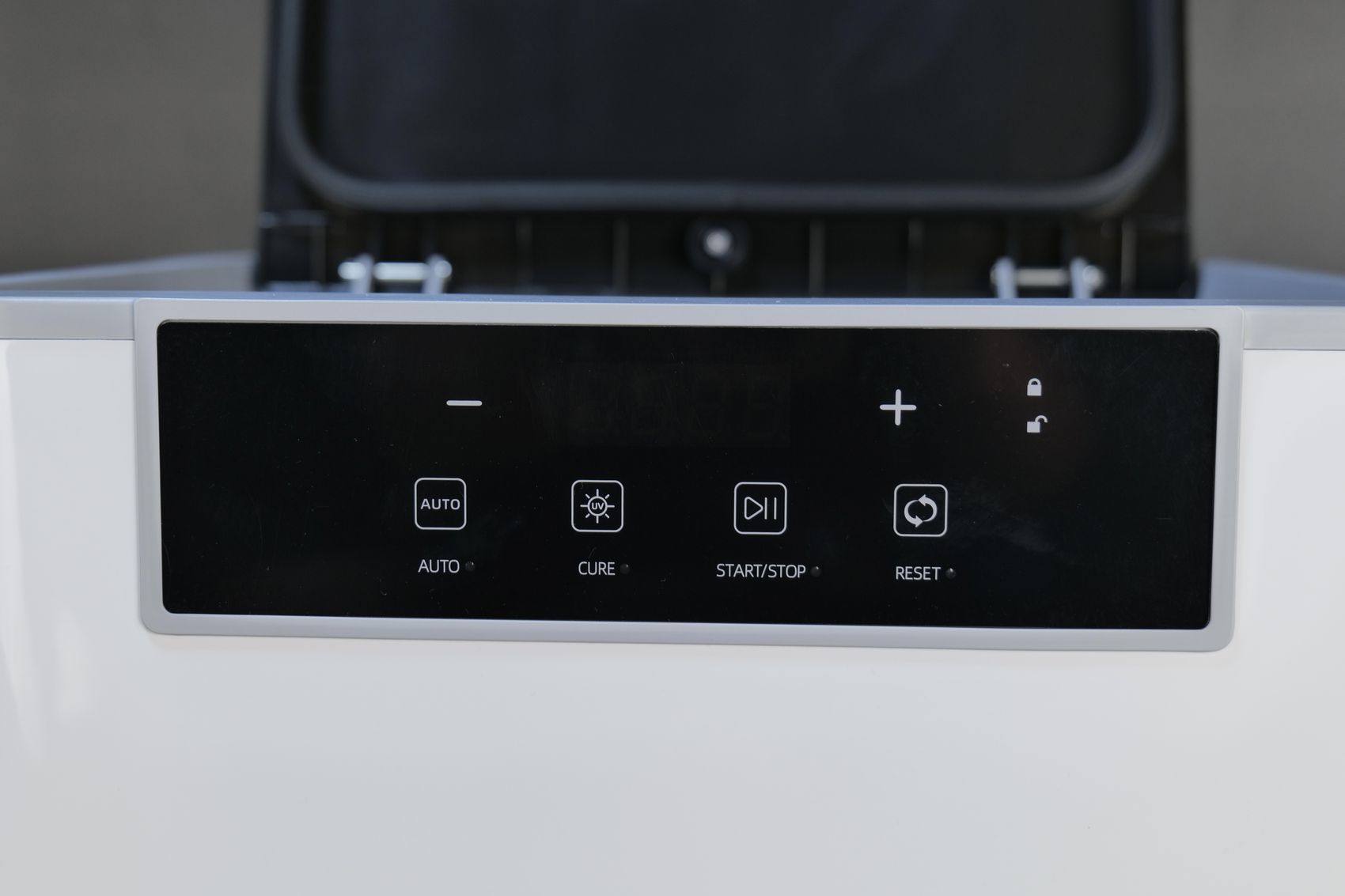
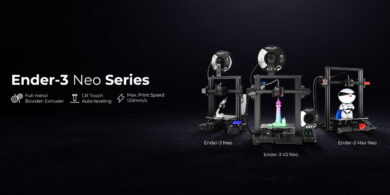


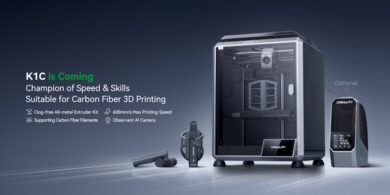
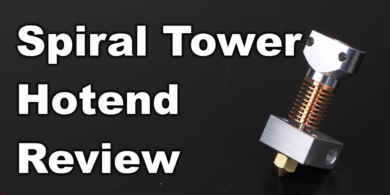
You can leave a comment for this article on the 3DPrintBeginner Forum